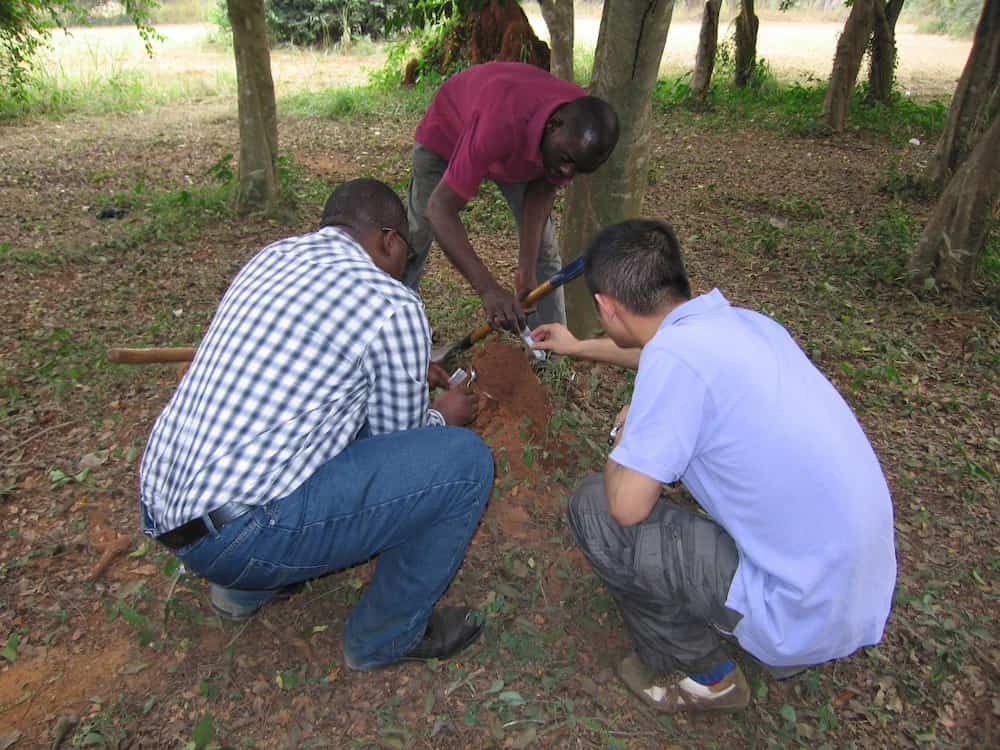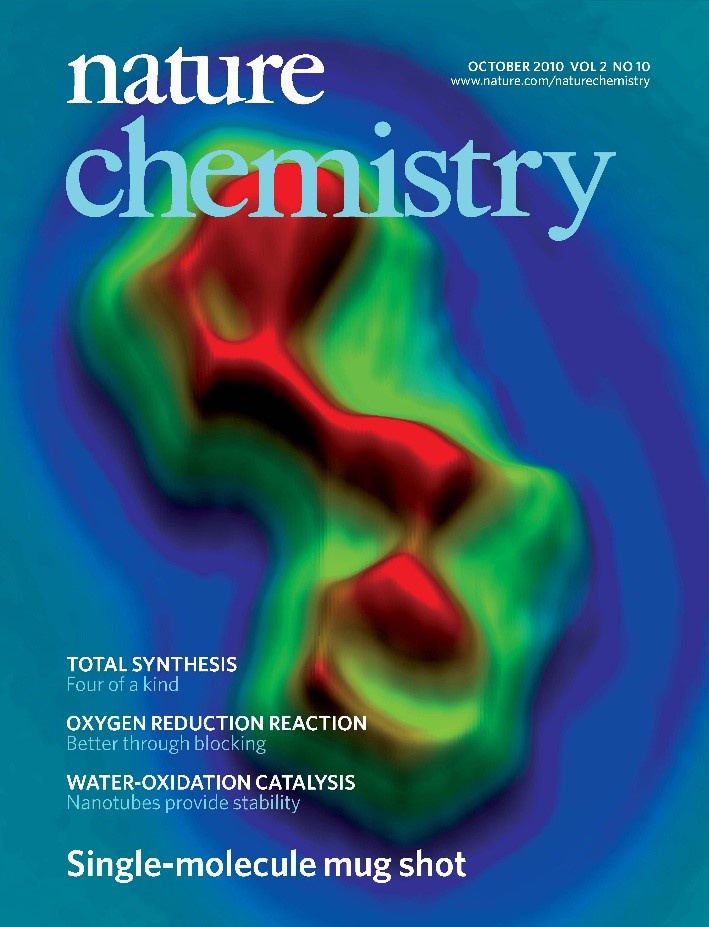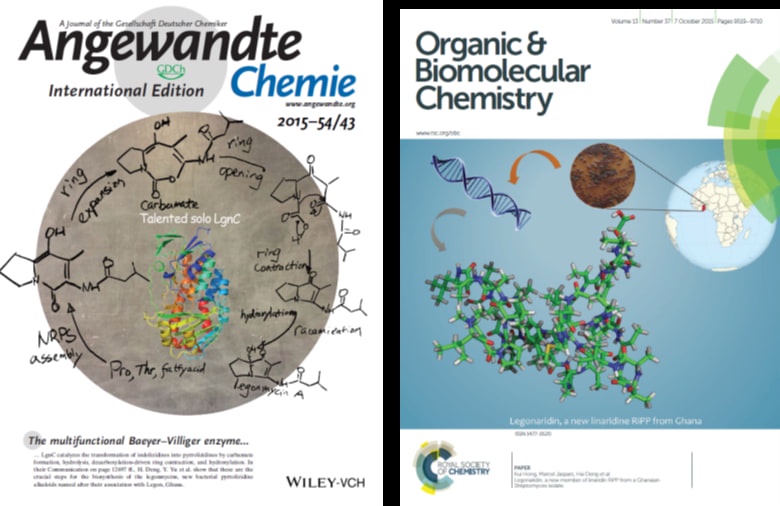Marine Biodiscovery Centre - Activities
Bioactive Natural Products (Jaspars, Ebel, Deng, Houssen, Trembleau)
Marine Biodiscovery Centre scientists work on marine invertebrates and microorganisms obtained extreme environments such as the deep sea, polar regions and deserts. We work with many groups internationally to obtain these with legal certainty. An example of the discovery of bioactive compounds is work by scientists in the Marine Biodiscovery Centre, together with collaborators (KU Leuven, Belgium; University of Santiago de Compostela, Lugo Campus, Spain; Baylor University, Texas, USA) to discover two compound families with activity in animal models for Alzheimer's disease and epilepsy. The bioactive compounds were discovered at the Marine Biodiscovery Centre, and further work was done in terms of producing more material for animal trials. Two marine sponge derived compounds showed positive results in a behavioural model for Alzheimer's disease, were non-toxic and showed 'drug-like' properties. Analogues of these compounds have been synthesised by a US collaborator where they were able to separate the anti-Alzheimer's and immunosuppressive properties. For epilepsy , two compounds from a marine fungus reduced seizures significantly in the gold-standard animal model for epilepsy.

Prof Jaspars sampling a salt lake in the Atacama desert

Dr Kwaku Kyeremeh and assistant (University of Ghana) and Dr Hai Deng sampling northern Ghanaian soils
Structure determination (Jaspars, Ebel, Deng)

Together with Leo Gross at IBM Research, Prof Jaspars and Dr Ebel started original work on organic structure determination using a combination of spectroscopy and atomic force microscopy (AFM). First we showed how Ångstrom-resolution AFM images may be used to solve the structure of a simple planar molecule and how this process might be generalised. Subsequently we applied the combined methods to an unknown molecule with a NMR silent region (no H atoms).
Genome Mining (Jaspars, Deng, Ebel)
Much of the work we do is to analyse the genomes of microorganisms from extreme environments (deep sea, polar regions, deserts). This genome mining enables us to discover new natural products as well as enabling us to understand how these molecules are constructed by nature. We are particularly excited by compounds produced by the PKS, NRPS and RiPP pathways. We have discovered unique enzymes such as a multifunctional Baeyer-Villiger enzyme and unique compounds such as the enormous linaridin RiPP compound Legonaridin. We are using this knowledge to engineer biosynthetic pathways to make analogues of these compounds that have improved properties compared to the natural compounds and may find application as therapeutics in the future.
Cyanobactin Biosynthetic Engineering (Jaspars, Houssen, Trembleau)
Work on genome mining at the MBC started in 2004, (with Dr Paul Long at the London School of Pharmacy and scientists from the Australian Institute of Marine Science) when we achieved the first shotgun cloning of a cyanobactin biosynthetic pathway resulting in low level production of these compounds.
Subsequent collaboration with Professor Jim Naismith at St Andrews succeeded in overexpressing and structurally characterising the main enzymes involved in the biosynthesis of the patellamides and related cyanobactins. Working together, we defined the main proteases involved including the macrocyclase that circularises a linear peptide without inclusion of a signal sequence, thus making it a very exciting prospect for biotechnological application. We have defined a unique enzyme that forms the heterocycles - the first crystal structure of this type of enzyme. Engineering of this enzyme allowed short synthetic peptide sequences to be processed to form heterocycles in the chain. Synthetic substrates also allowed us to investigate the enzyme mechanisms. These enzymes are extremely permissive, and natural and non-natural substrates can be processed using them resulting in the formation milligram quantities of complex, modified cyclic peptides. This work also led to the formation of a spinout company GyreOx .
An engineered cyanobactin enzyme that biosynthesises azolines from dipeptides (i.e. Xxx-Cys)
